Plans launched at property conference
Birmingham has unveiled its vision for transforming the country’s second city into a green haven for cyclists and pedestrians at UKREIIF yesterday.
The 20-year framework, which is grouped into five key zones, will see some of the city’s famous 20th century concrete infrastructure, including the ring road, transformed into a series of ‘greenways’.
The ring-road, opened by the late Queen in 1971, will still be accessible to cars, but vehicles will be deprioritised in favour of active transit, with 200km of walkways and cycling routes planned.
In presenting the plans, local officials made repeated references to European cities, promising that Birmingham would match Copenhagen on cycling, Vienna on green space and Milan on population density, which is set to double.
But council leader Ian Ward said: “In the future I want cities to aspire to be Birmingham. Our future city framework is the route map to a greener Birmingham of more jobs, better transport options and higher quality, energy efficient new homes,” he said.
Birmingham’s five key zones for redevelopment
City Heart: Bull Ring, Colmore Business District, Snowhill and Steelhouse, Southside, Town, Westside;
Central North: Eastside and Aston Triangle, Gun Quarter, Nechells, Newtown;
Central East: Bordesley, Digbeth, Small Heath;
Central South: Balsall Heath, Edgbaston, Highgate;
Central West: Hockley, Jewellery Quarter, Ladywood, Spring Hill.





















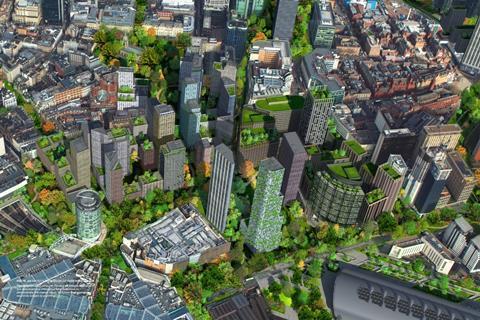
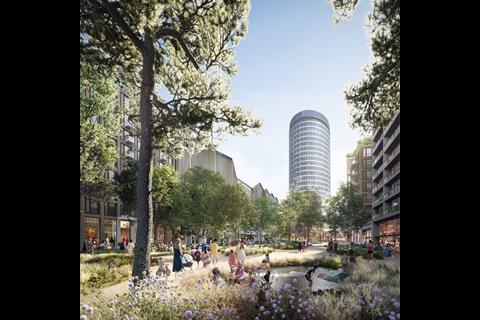
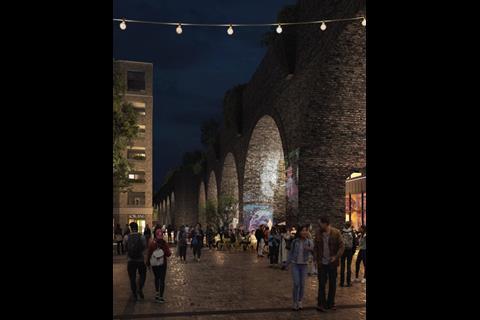
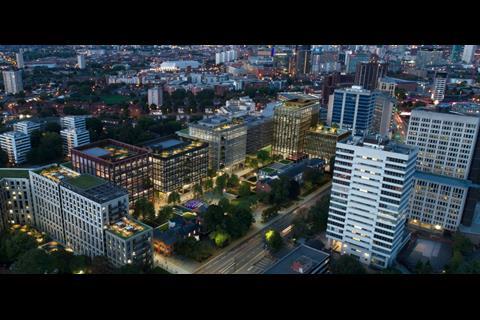


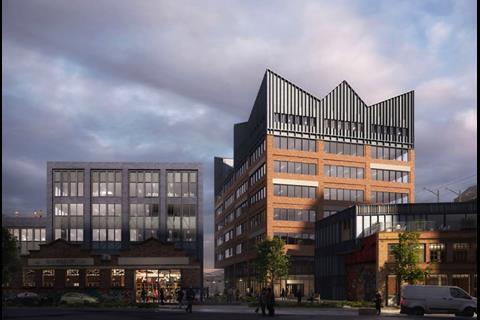

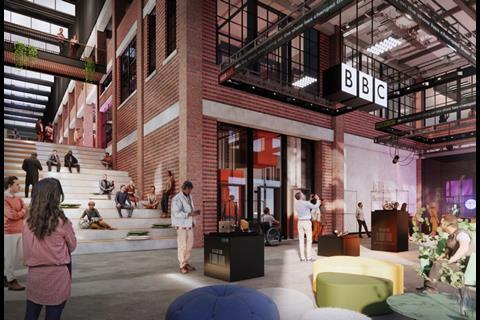
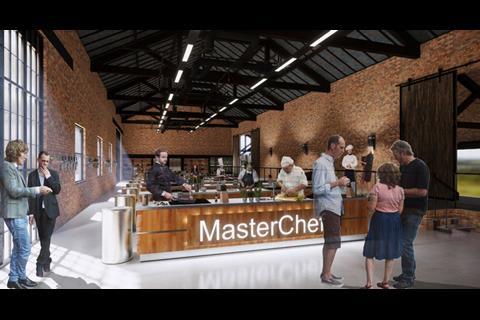
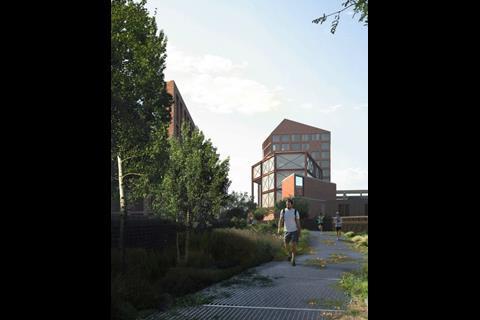
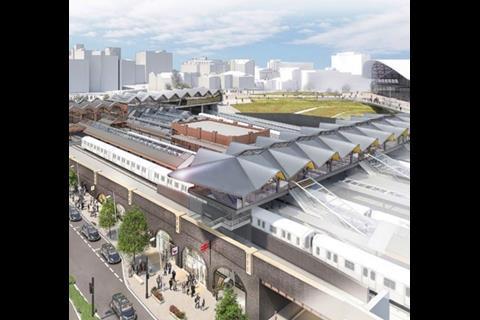







No comments yet